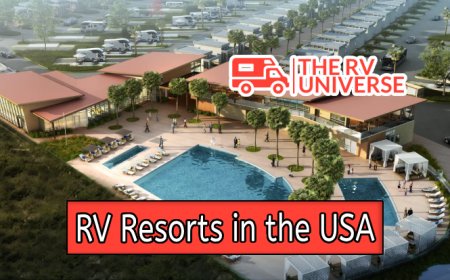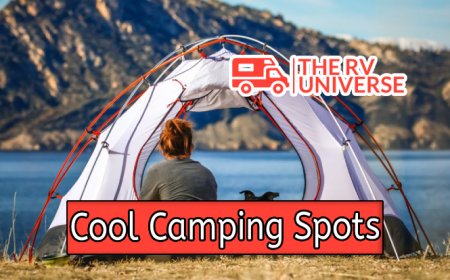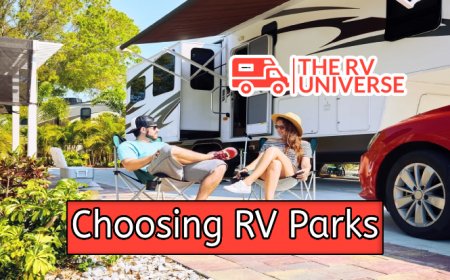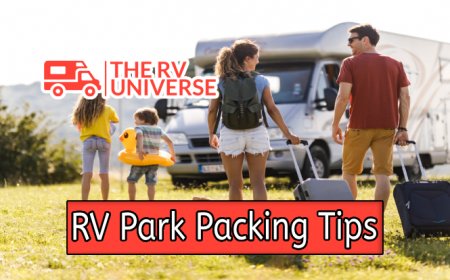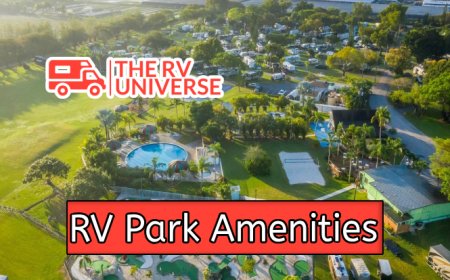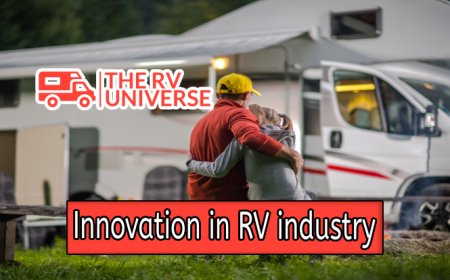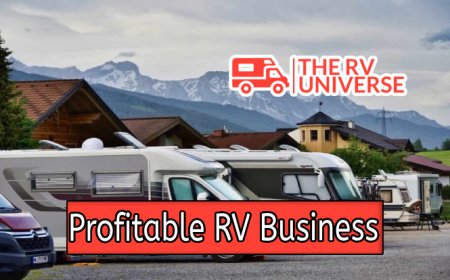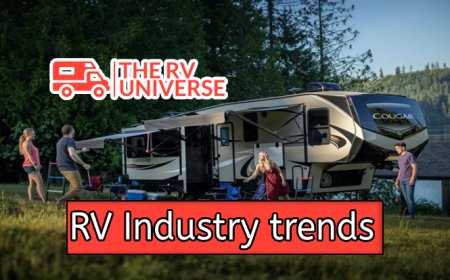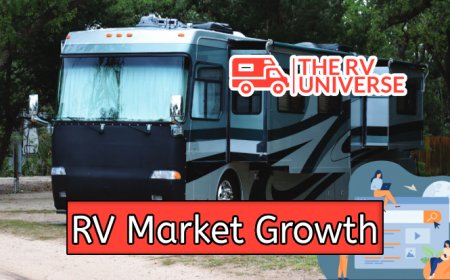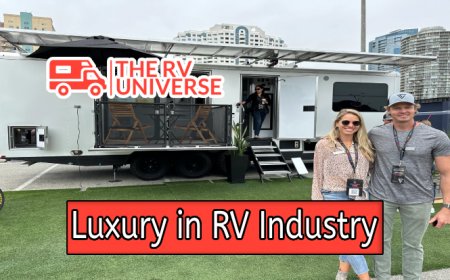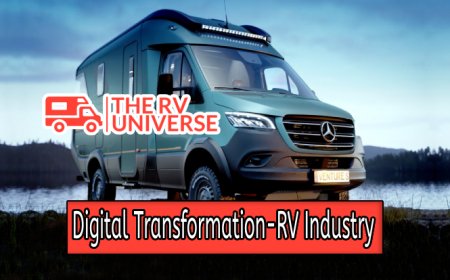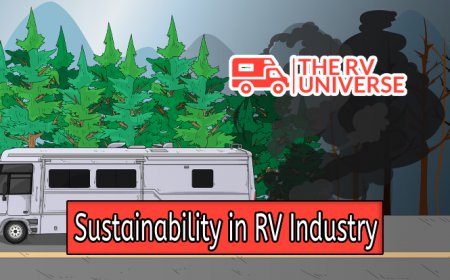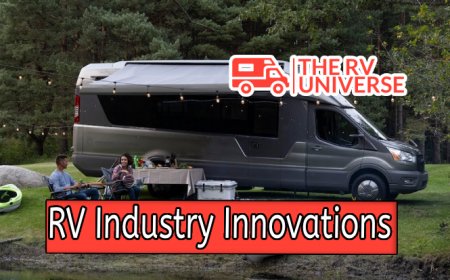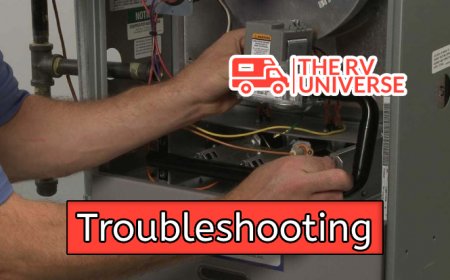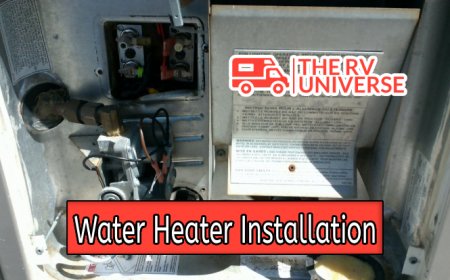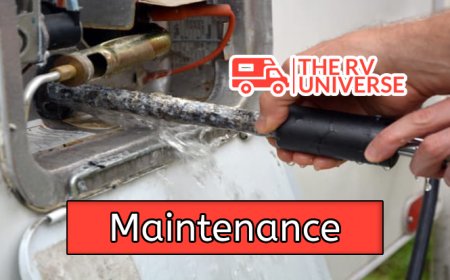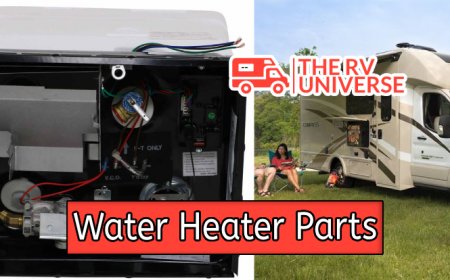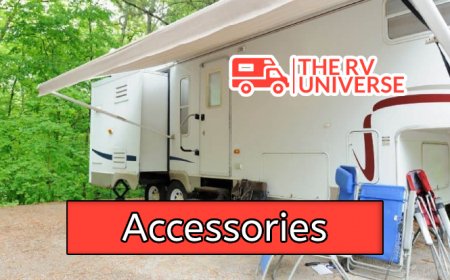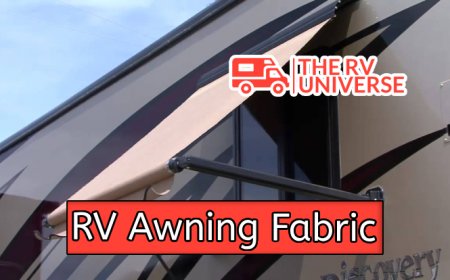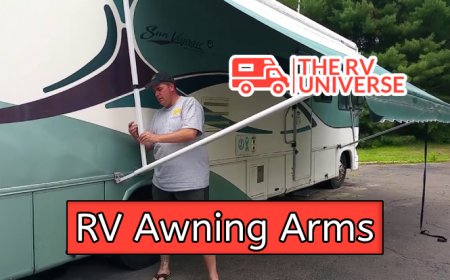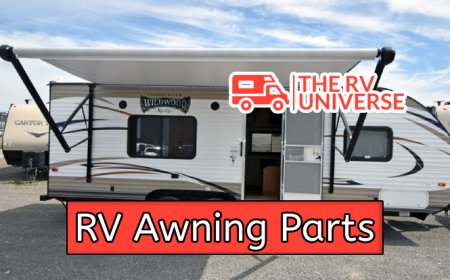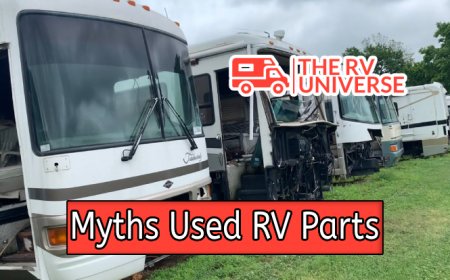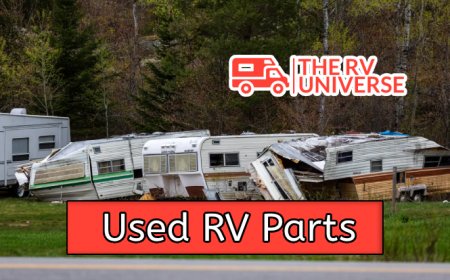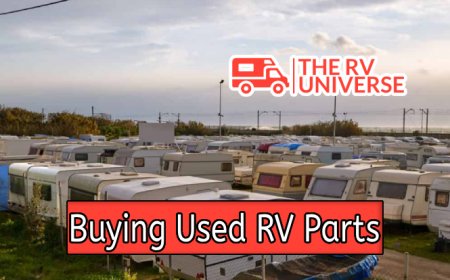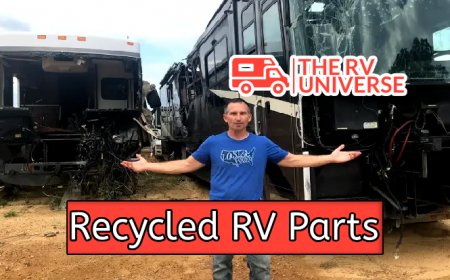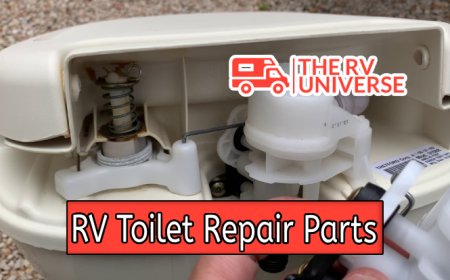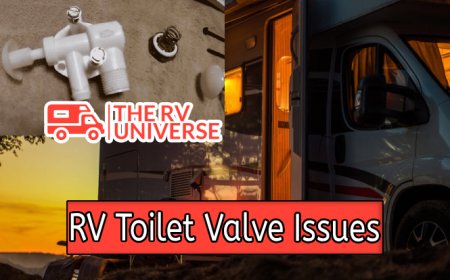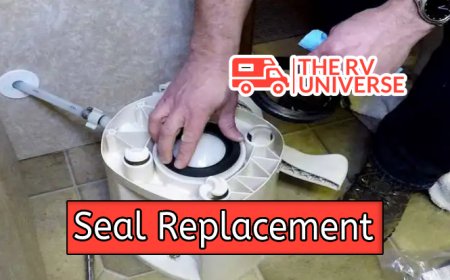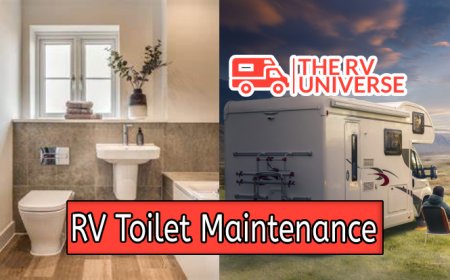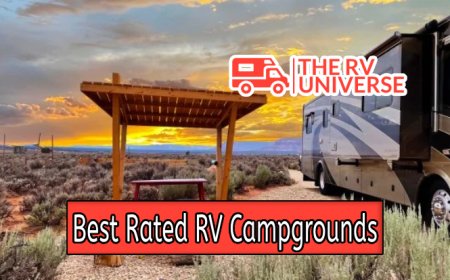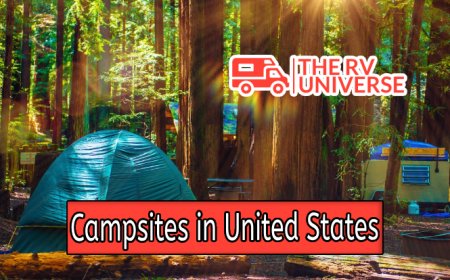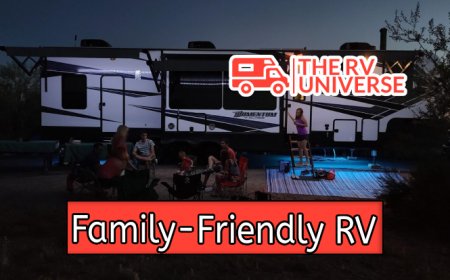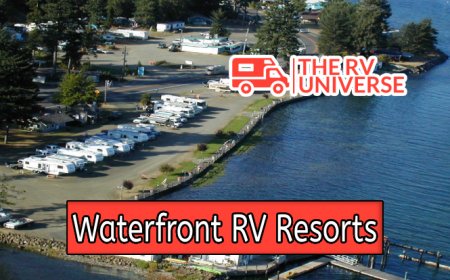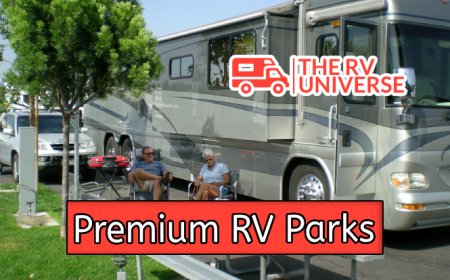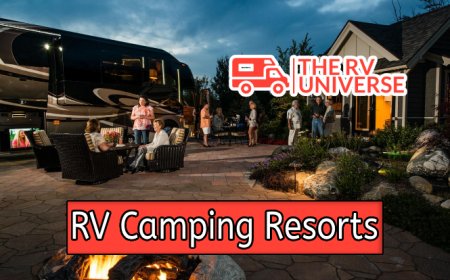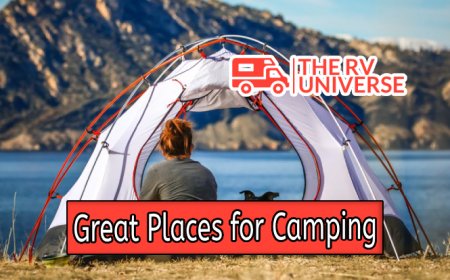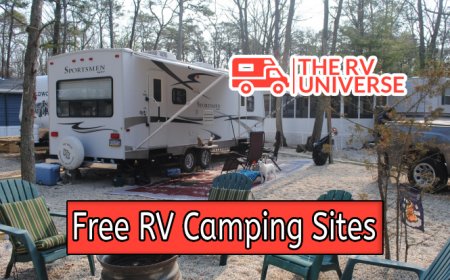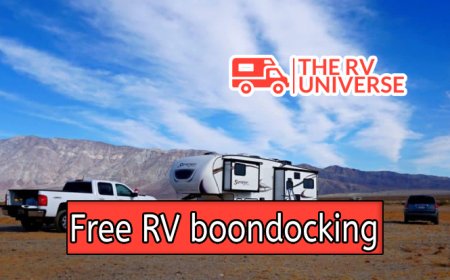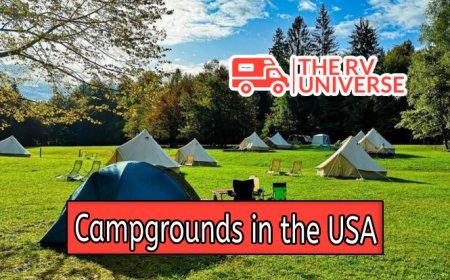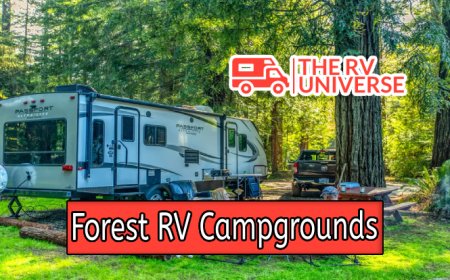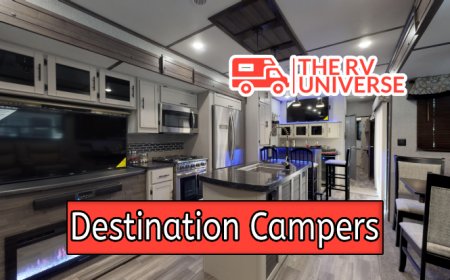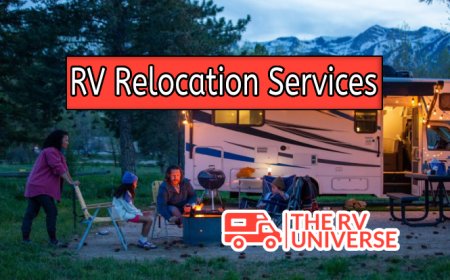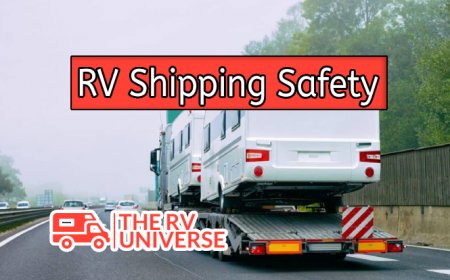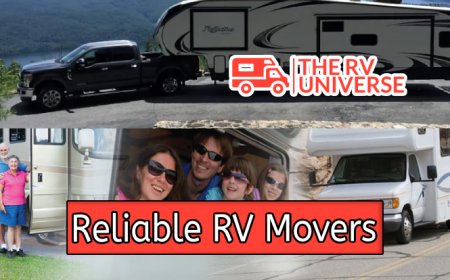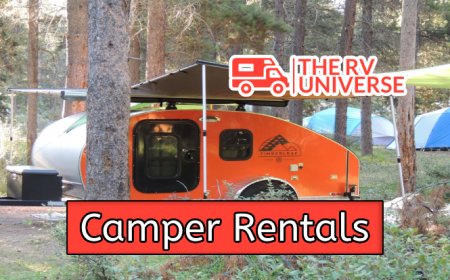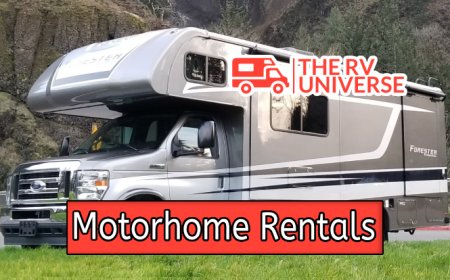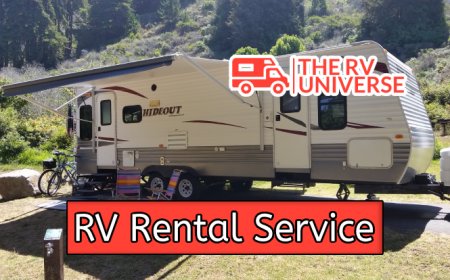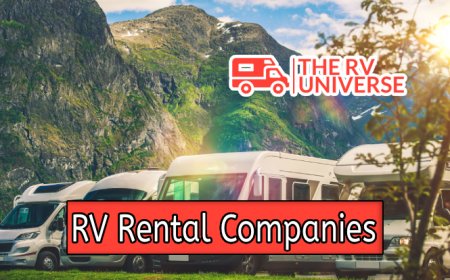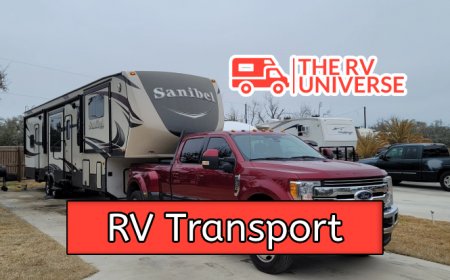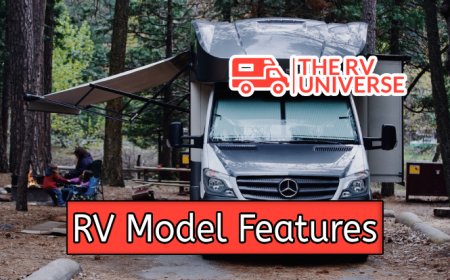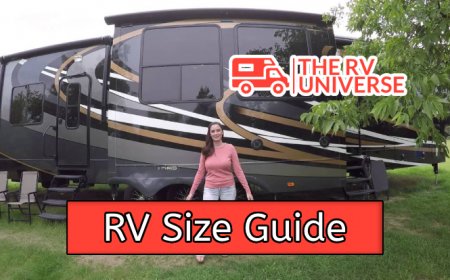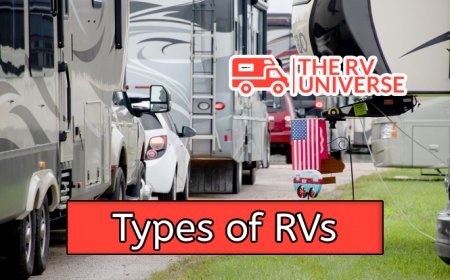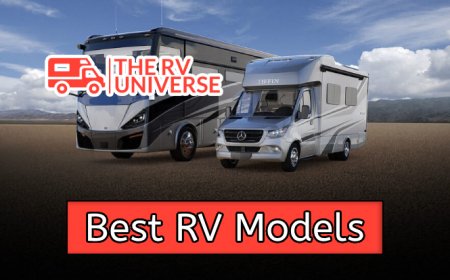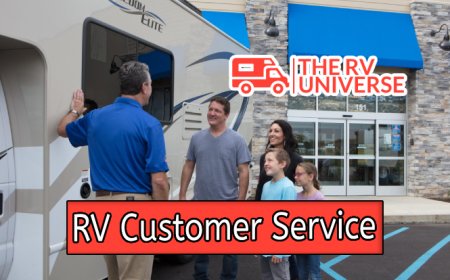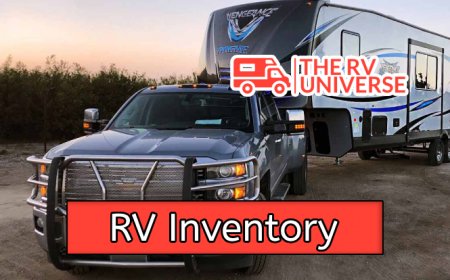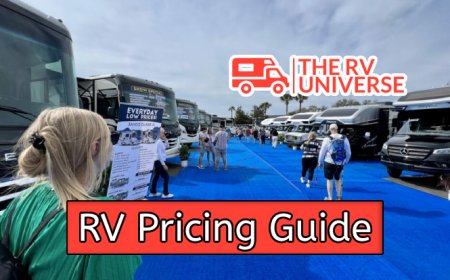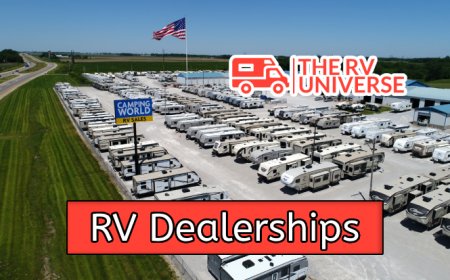Money-saving Guide to Buying Used RV Parts
Buying used RV parts can save you money. Read our detailed guide to making smart and economical choices.
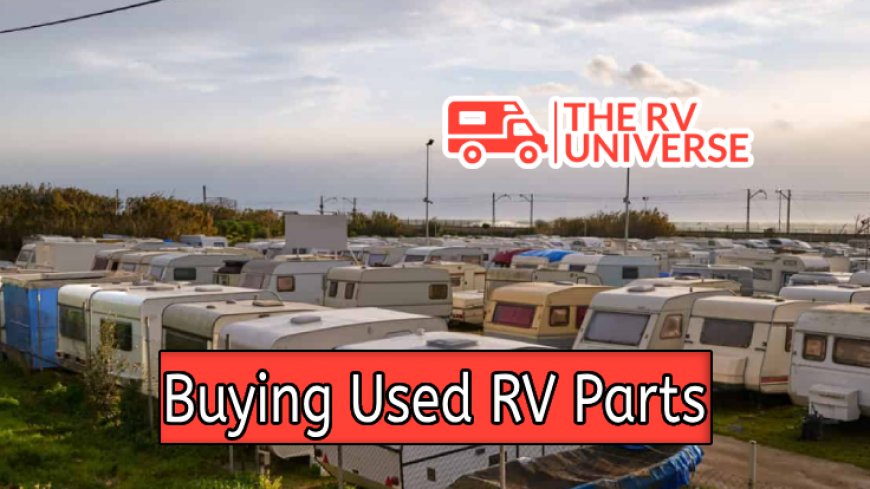
Buying used RV parts is not just cost-efficient, but also a practical approach to maintaining your vehicle. This guide aims at helping you make wise and cost-effective choices as you navigate through the process. Embracing this approach can reap considerable savings, opening the door for more adventures on the open road!
A Comprehensive Guide to Buying Used RV Parts
Preserving the charm of your RV doesn’t necessarily require splurging on brand new parts. With knowledge and diligence, buying used RV parts can prove to be a pocket-friendly alternative. As you embark on this rewarding quest, we are here to support you every step of the way.
Table of Contents
- Understanding Used RV Parts
- Advantages of Buying Used RV Parts
- Where to Find Used RV Parts
- Evaluating the Condition of Used RV Parts
- Tips for Buying Used RV Parts
- Avoiding Common Pitfalls in Buying Used RV Parts
Understanding Used RV Parts

Opting for used RV parts does not equate to sacrificing quality or safety. You're merely electing to take advantage of parts that have been recycled or bought second-hand. These can include anything, from mechanical gears to aesthetic components like mirrors and light fixtures. However, it's crucial to acquire a basic understanding of what you are hunting for.
The Different Types of Used RV Parts
- Exterior: Doors, windows, slide-out covers, roof vent lids, and awnings.
- Interior: Cabinets, seat covers, carpets, and curtains.
- Powertrain: Engine parts, transmission parts and drive axle parts.
- Chassis: Wheels, suspension components, steering parts, and brakes.
- Electrical & Electronics: Batteries, LED lamps, power inverters, and solar panels.
- Appliances: Air conditioners, refrigerators, stoves, and water heaters.
Advantages of Buying Used RV Parts
Embracing the idea of used RV parts not only saves you money but also comes with other significant benefits. For some, the advantages might even weigh out the appeal of new parts.
- Economical: Used RV parts are typically much more affordable compared to their new counterparts. Depending on the condition of the part, you could be looking at savings of up to 50% or more.
- Eco-Friendly: Purchasing used RV parts promotes recycling, which in turn assists in minimizing the environmental impact of manufacturing new parts.
- Availability: Sometimes sourcing a new part for an older RV model can be painstaking as it may no longer be in production. In this case, turning to used parts can be a lifeline.
Where to Find Used RV Parts

Knowing where to look for used RV parts is half the battle. Here are some of the places you can check out:
- Online Platforms: Websites like eBay and Craigslist can be treasure troves for used RV parts. You can also explore RV-specific online markets.
- Salvage Yards: Some yards specialize in RVs, offering a range of used parts at attractive prices.
- Thrift Stores: You may strike gold at local thrift shops, especially in towns frequented by RVers.
Remember, exploring these options requires patience and due diligence to ensure you're getting a good deal on quality parts.
Evaluating the Condition of Used RV Parts

Acquiring used RV parts isn't as simple as purchasing and installing. Your responsibility includes carefully examining the condition of each part. This step cannot be overlooked, especially when you're dealing with integral components like engines or brake systems that directly impact the safety and performance of your RV.
Helpful Hints for Evaluating Used Parts
Look for Signs of Wear and Tear: Excessive rust, cracks, fraying, or other physical damage can be red flags indicating that the part may have a limited life left.
Assess the Functionality: If possible, test the part to ensure it operates as expected. This is particularly crucial for electronic components. Ask the seller if they have facilities for testing.
Consider Its Age: Even if a used part looks in perfect condition, it may still be nearing the end of its useful life. Enquire about how long the part has been in use to discern its remaining lifespan.
Tips for Buying Used RV Parts

Even with the knowledge of what to look for, buying used RV parts can be a daunting process. But don't fret, we have some tips to guide you through:
- Do your Homework: Understand the part you need, its market price, and compatibility with your RV.
- Compare Different Sources: Check different sellers and compare prices, conditions, and return policies.
- Ask for Part History: Knowing the part's usage history can provide insight into its remaining service life.
- Inspect Before Buying: Never purchase an item without thorough inspection or, if online, without seeing clear and detailed pictures.
Avoiding Common Pitfalls in Buying Used RV Parts
Spotting a bargain is thrilling, but it's vital to remain cautious to avoid being ripped off. Here, we've compiled some common pitfalls and how to steer clear of them:
Falling for a Quick Sell
"Pitfall: The seller is rushing the sale." If a deal seems too good to be true, it probably is. Take your time to investigate the part thoroughly and ask as many questions as you need.
Skipping the Compatibility Check
"Pitfall: The part doesn't fit." Always verify that the part you're buying is compatible with your specific RV model and make.
Overlooking the Value of Reviews
"Pitfall: Ignoring seller ratings and reviews." If you're buying online, pay close attention to seller reviews. Previous buyers' experiences can provide valuable insights.
Armed with this information, you can confidently navigate the world of used RV parts, ensuring that your journey on the open road continues smoothly and economically. At the end of the day, remember that the goal is to maintain the charm and performance of your RV without breaking the bank. Happy travels!
What's Your Reaction?







